-
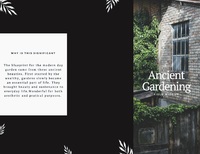
This brochure revolves around Ancient gardening and its significance through history.
-

This brochure is centered around local plants, mainly in the Chicago area, and why you should include them in your gardens!
-
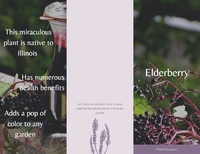
This brochure revolves around elderberry, a plant featured in the Ancient and Contemporary Gardening section.
-
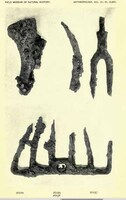
With six long prongs, these rusted iron rake fragments were discovered near the city of Pompeii. The whole in the center was designated for the attachment of a wooden shaft, which was usually made from oak. Could you imagine using a rake like this in your own garden?
-

These two-pronged garden forks are heavily coated with rust, with the top opening for handle placement. The discovery of these ancient Roman artifacts implies that the design of garden forks have only changed slightly throughout history.
-
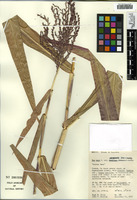
Also commonly known as corn, maize is currently the most cultivated grain in existence. First domesticated by indigenous peoples in southern Mexico about 10,000 years ago, Maize is now grown and eaten all over the world.
-
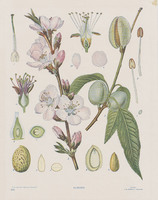
This Botanical illustration from Koehler’s Medicinal-Pflanzen is of the widely produced almond tree. At an unknown point in time, there was a natural mutation that significantly decreased the production of toxins within almonds, allowing them to become one of the biggest agricultural industries today.
-
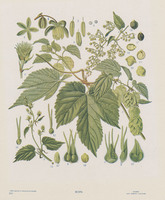
The items included in the Common Hop display include a compressed piece of dried hop heads and a botanical illustration from Koehler’s Medicinal-Pflanzen. Common Hop has been used in beer as a biter and stability agent since the 9th century.
-
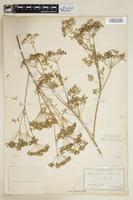
Known for its delicate clusters of white flowers, this poisonous plant can grow as high as nine feet tall. Hemlock blossomed in popularity across Europe for its beauty and was even brought over to the United States as a garden plant in the 19th century.
-
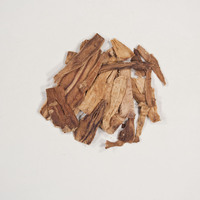
Native to East Asia, these plants were considered a garden staple for its striking colors and for its use as ground cover. The balloon flower gets its name from how its buds bloom. Does it look like a balloon to you?
-
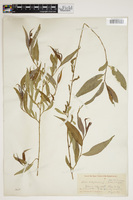
Because of how absorbent its roots are, this tree is often planted near bodies of water. Willows are also very fast growing, with the ability to inch upwards three meters per year. The salicylic acid in its bark was one of the reasons this tree was so highly demanded.
-
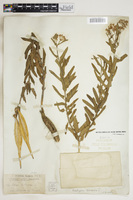
Cousins to the milkweed, butterfly-weeds act as a rich feeding ground for all types of pollinators. These plants were especially sought out in New England for their brilliant orange flowers and summer blooms.
-
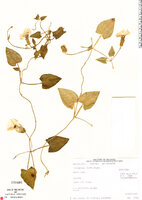
These North American wildflowers don bright yellow petals around their deep brown center. Because they are so easy to grow, they were immensely popular as garden ornamentals in the 19th century. Would you add these to your garden?
-
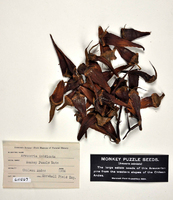
The unique crowning of its limbs combined with its long trunk made the monkey puzzle tree one of the most desired garden plants in both Europe and New England. Its current status as endangered can be attributed to such desires.
-
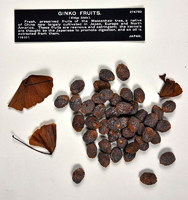
As the last surviving species in its genus, this living fossil is known for both its status and unique fan shaped leaves. When gingko trees begin to shed, their leaves become beautifully golden in color.
-
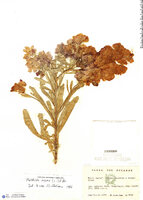
Brompton stocks have been in culture since the 16th century and have constantly risen in popularity across centuries and continents. Aside from its aesthetic value, people often use its flowers as edible decorations. Would you eat this flower?
-
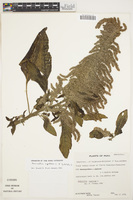
Named after its floral threads, Love-lies-bleedings is also frequently harvested for its leaves and seeds. During the Victorian Era, giving these flowers away paralleled expressing one’s sense of hopelessness for love.
-
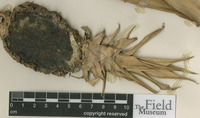
Perhaps the most favored in European Orangeries, this exotic fruit grew to represent the notions of wealth, power, and skill. Because of the drastic differences in European climates, non-native fruits like the pineapple had to grow in glass hothouses.
-
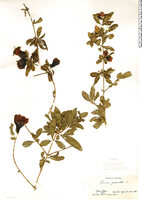
Conditioned to Meditteranean temperatures, pomegranates had to be grown in greenhouses within colder regions of Europe. One of these structures, dubbed the Versailles Orangerie, was designed with both plant life and theatrical entertainment in mind. Visitors could stroll endlessly gazing at foreign fruits planted by Valentin Lopin.
-
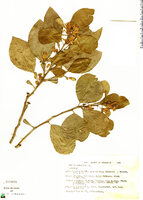
Immensely popular across Europe, old cookbooks used to detail the exact amount of slices each recipe would require. Their growing demands in the 18th century pressured many to build orangeries and even their blossoms were prized symbols of status. Do you like oranges?
-
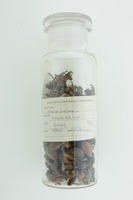
Growing smaller than many trees native to Europe and Asia, the common hazel tends to resemble more of a shrub. Its species name originates from the Italian town of Avella and hazelnuts are still referred to as the "Avellana nux sylvestris" ("wild nut of Avella").
-
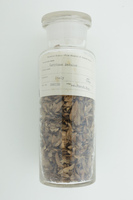
The European hornbeam is notably used for pleaching, where tree branches are
interwoven to create long, connected hedges on a large scale. This tree is usually celebrated by gardeners for the malleable qualities of its shapes.
-
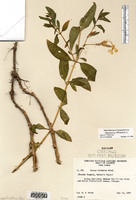
Very versatile in use, sopewortes have historically been used to create soaps and to clean delicate fabrics. Despite potentially being toxic, it has also been used to treat oral irritants and to enhance the quality of beer heads.
-
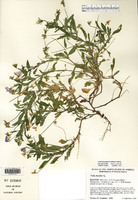
A popular ingredient in making folk remedies, this plant was utilized to treat skin conditions and respiratory ailments alike. Its nickname derives from an old concoction using its infusion, which aimed to cure lovesickness and heartaches. Is it a method worth trying to ease the heart?
-
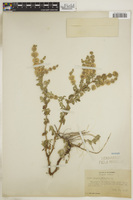
Although we now know this plant contains toxins, 17th century gardens often included pennyroyals for a wide range of treatments such as insect repellent, cold medicine, and even abortifacients. In terms of design, it was primarily used as a filler plant, taking up gaps in between larger plants.
























